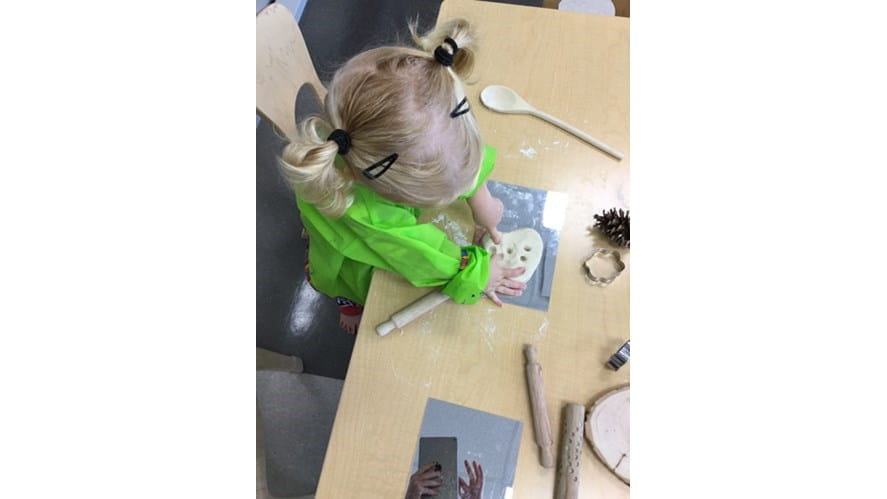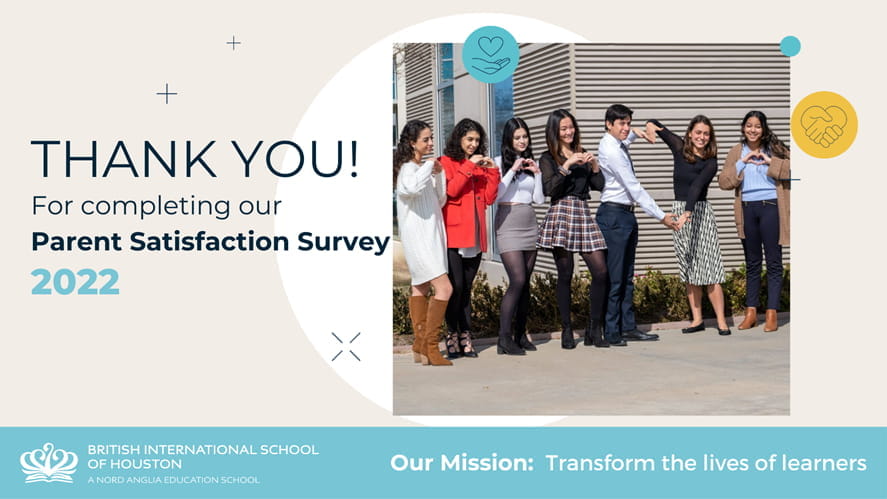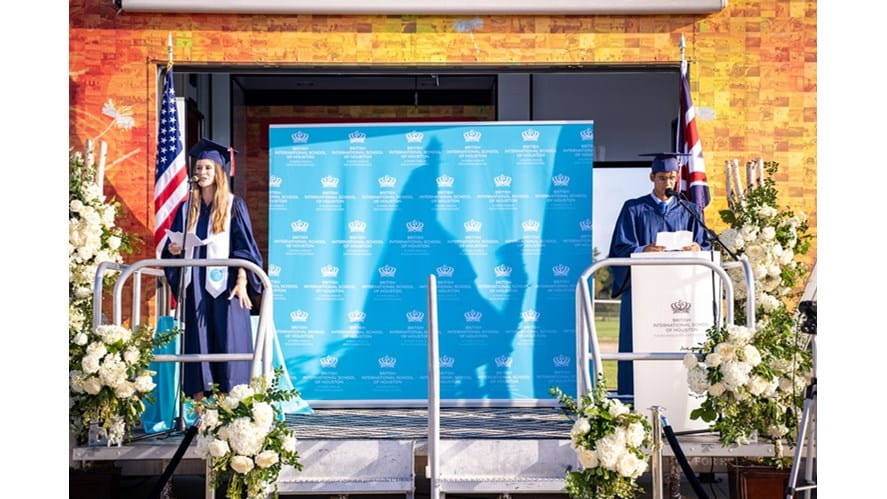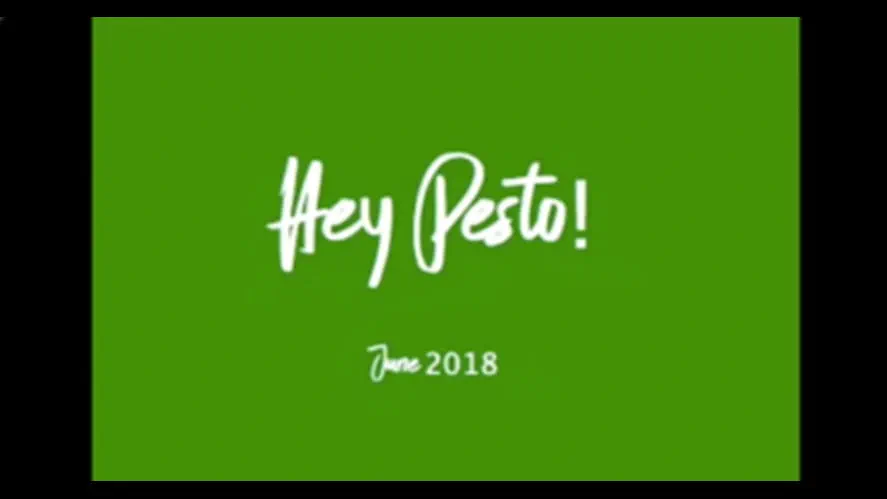Footprints in the Snow
I have had the pleasure of watching as the children have recently enjoyed engaging in several sensory explorations, such as blowing bubbles, exploring lights and accessing a variety of different textured materials.
All of these activities have proved popular and the children have re-visited them on several occasions. However, one activity which was presented to the children always remained relatively unexplored – playdough.
This puzzled me, as each provocation was beautifully presented, and the children were given the opportunity to explore homemade playdough with several tools and resources such as mirrors and shiny beads alongside it. I began to think about the engagement with this activity and how I could enhance this learning experience, finally concluding that in order for the children to fully engage with this learning material then they should have the opportunity to take part in creating it.
The next day the children were invited to make the playdough
and were presented with bowls, flour, salt and water. Immediately
their interest was piqued as their hands delved inside the bag of
flour and words such as ‘soft,’ were elicited. Discussions took place
on the exact amount of each ingredient that was needed and the
children took delight in independently measuring out the exact
amount of flour, water and salt that was needed. As they measured
the ingredients, tiny fingers dipped into the cups and textures were
explored. We know that children learn about science through hands
on experiences. They learn by observing, thinking and talking about
how materials feel and how they change. As the children poured each ingredient into their bowls some began to use vocabulary and language to invent stories about their mixture as it changed. Flossy’s flour became an island, surrounded by water. The water swirled around it until finally the ingredients had mixed together to create a sticky substance.
“WHEN CHILDREN USE PLAYDOUGH, THEY EXPLORE IDEAS AND TRY DIFFERENT APPROACHES UNTIL THEY FIND ONE THAT WORKS.”
Flossy began to add a combination of the same ingredients to her sticky mixture and it was while adding another cup of flour that a ‘technical accident’ occurred that led to a powerful learning experience. Flossy, when scooping the flour from the bag using a measuring cup, accidently dropped some of the flour on to the table. At first, she seemed distressed as she surveyed the mess, however this response quickly changed to fascination as she began to notice the flour delicately falling on to the floor under the table. Flossy began to explore the flour with her pointer finger, trailing it through the mixture to create a vertical arc shape. She then began to move the flour with her feet. This unexpected occurrence led to evolving ideas about the ephemeral, the fleeting and in this case led to a poetic representation of angels and footprints in the snow.
With playdough, children often express their ideas through art and imaginary play. At the same time, they experience symbolic thinking by pretending that the playdough represents something else. In this instance, Flossy was relating her experience with playdough to what she has perhaps observed or experienced in a real-life experience.
As the weeks progress the children’s interest and engagement
with playdough continues to grow. At times, they will ask to
make their own playdough, displaying prior learning as they select
and mix the ingredients together. At other times, they display a
renewed interest when presented with a playdough provocation
and will engage for a period of time, deep in concentration as they
mould the dough into a variety of different shapes. I look forward
to seeing how their engagement continues as I gain further insights
into their interests, their preferences and their unique ways of being.
by Nicola Scott







